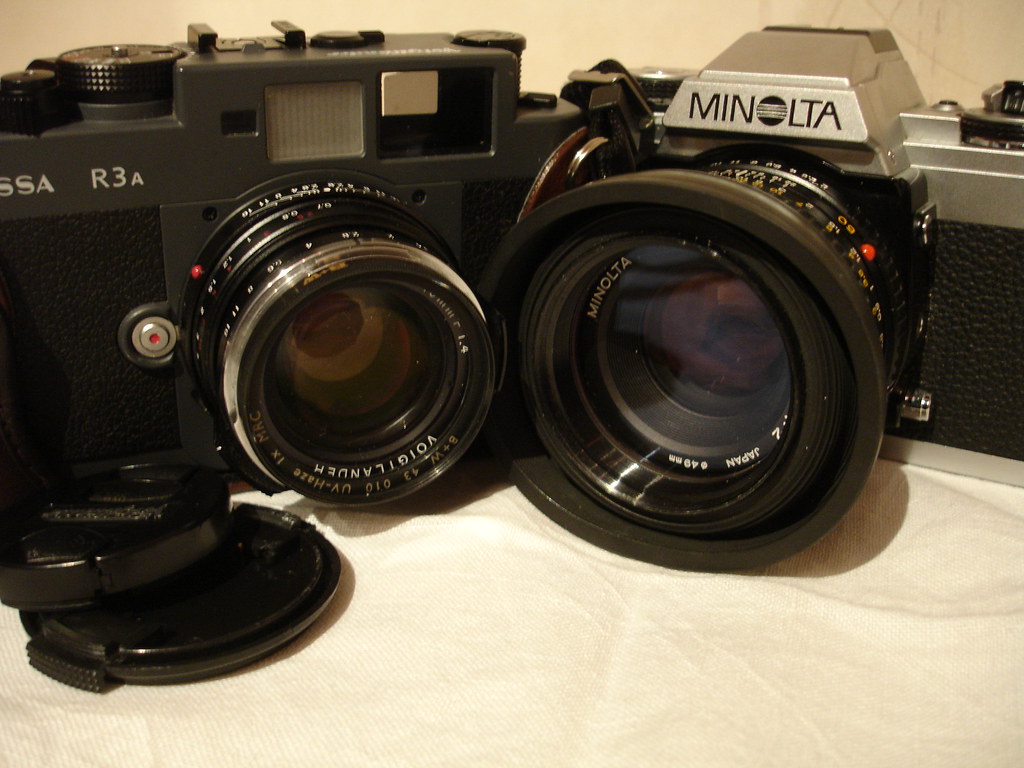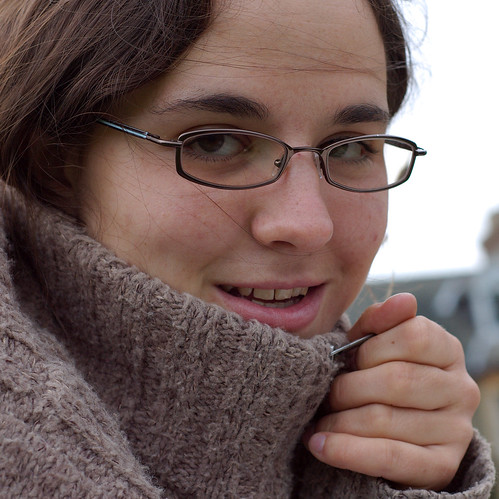I love taking pictures. Partly, I like the recording nature of it – I've always been one for salting away experiences to come back to later. That's not a small part of the reason I've always had diaries and blogs and things; ever since I was about 12 I've written pretty regularly about things that were happening to me. That Wordsworth quotation I've talked about before from the Preface to the Lyrical Ballads, about poetry being 'the overflow of powerful feeling remembered in tranquillity is relevant, I think – something about re-living, re-interpreting, making peace and learning might be some explanation as to why, along with a nebulous feeling that there might be some kind of quiz at the end and I ought to take notes. It's kind of strange to go back and read what was bothering me when I was 16. There are events in that year's diary that were clearly central to my existence that I cannot recall at all now – arguments with friends and places I went and things I did. Which just goes to show how little grown ups really remember about what it was like to be a teenager at school and the effect that inter-friend rows or worries about grades or whether that boy liked you or what your friends thought about what you were wearing had on your life. You learn to deal and your dramas gain context but such things are never actually easy - when you're that young it's so much more powerful for being new. That was the year I had been given a day by day journal, and I did write in it every day. Highlights* include my GCSEs and losing my virginity. I've just been given another daily journal for Christmas, so we'll see whether I can manage to keep it again. The way I write has changed a lot though. I have this for anything contemplative and my journals tend to be angsty and aggressively personal, for working out the things that bother me. We shall see.
Photos are part of the record-keeping, the knowing what the world looked like and felt like at a particular time in my history, our history. If they can be beautiful to look at too, that's an advantage. They can't be lie. Even Photoshop can't really lie, you can always tell. That expression on that person's face is really there. He really did spill a pint over her just when you pressed the shutter.
I'm not qualified to discuss graphic art. Mostly, I don't get it. Oh, I have some understanding I think about perspective and spacing and light and colour and even composition when I'm thinking hard so that I take pictures that are usually conventional and can sometimes be nice or maybe even engaging to look at if I get a good one, but I don't understand the context of it all. Of where pictures might fit in the timeline of other pictures, of what the journey is in history – where from, where to and why. Why people pay such large sums of money for things very often eludes me. Why is that black canvas with red squares on it worth so much, when you get right down to it? Is it exclusivity – the fact that you have something that everybody wants?
There seems to be an obsession in photography with the capture of the moment. Which makes sense – the two biggest things it has going for it as an art-form are accuracy and speed. The best pictures I've seen seem to be where that aim is most clearly realised. Sometimes that means a picture where you can look at something for a long time that you can only see for a split second in the world, or a picture that shows you something you wouldn't think to look at because your eyes pass over it, or a shot that makes you re-evaluate something (object, person, concept, anything) that you know well because it's taken in a strange light or at a strange angle or out of context of out of focus - just a little twisted away from your own view of things. Much like the best literature, I guess. Those pictures have stories. They are the ones you're still thinking about a week later. This is why I object to overly posed, or at least badly posed, photos – it's not a moment that you get in a posed photo, unless it's done brilliantly. Which it can be. Just...it isn't usually, even by people who should know what they're doing.
Graham and I went round the
There were other quite dark shots that show the more unpleasant things that humans are, and there was one that we thought was hilarious – of the head and torso of a very happy model, wearing nothing except a belt and a Native American head-dress. Little in the way of thought to the last but it was fun. I think the technically 'good' pictures that don't arrest your thought might as well be illustrations – which isn't necessarily to belittle them, just to ask, yet again, what makes it art? I take illustrations, usually – often deliberately ('I need a picture of this cabbage in order to write about it'; 'I want always to remember that this is how my dog plays on the beach'; 'this walk on this coastline has been beautiful and the light is beautiful and I want to remember it'). Graham takes pictures that talk a bit more, unless for similar reasons he wants an illustration. There is no reason why one shouldn't do both or either both in the same shot. In different contexts, the same picture could be both. That's the thing about a great portrait, I guess – you might have taken this picture of Granny, but it might also speak beyond that surface. There might be a captured expression, or a way of sitting, or a mood, that says something greater about her or about age or about England or about anything else. I want to see the pictures that draw thoughts on the walls.
It's a free exhibition and well worth a glance if you have an hour to spare on Charing Cross Road.
*There should be an 'ironic' html tag.








No comments:
Post a Comment